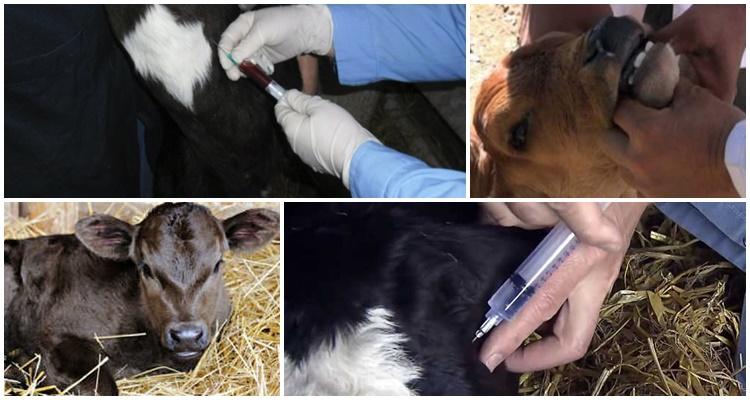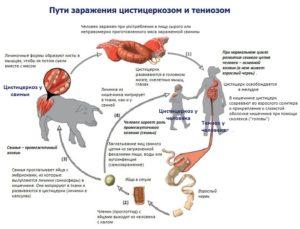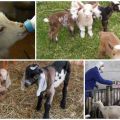Why can a calf grind its teeth and treatment methods?
Squeaking teeth in a calf may indicate some diseases that affect young animals at an early age. If the disease is confirmed, specific treatment is required. Consider why a calf can grind its teeth, diseases in which squeaking is a symptom, methods of diagnosing and treating them, and what needs to be done to prevent diseases.
Causes of squeaky teeth in calves
First of all, it is necessary to exclude such a possibility as the ingress of sand or earth into the feed, the calf eating litter, plaster from the walls, pieces of soil. This leads to feeding with poor-quality, inadequate feed, as a result of which there are few nutrients in it, the calf tries to compensate for the lack of which with the help of available means. Sand and other solid inclusions can enter the calf's food if the rules of care are not followed, the feed and the stall are not perfectly clean.
Usually, squeaking caused by particulate matter in food occurs during feeding or chewing, and can be easily identified by this sign. In other cases, a creak is a symptom of diseases that do not end in self-healing and require compulsory treatment. These are pathologies such as gastroenteritis, scar parakeratosis and white muscle disease.
Gastroenteritis
Basically, the causes of inflammation of the stomach and small intestine are eating disorders or feeding with poor-quality feed: stale food, rotten hay, moldy concentrates. Symptoms of gastroenteritis: the calf grinds its teeth, diarrhea, mucus and blood can be observed in the feces, its temperature rises, its appetite decreases, the animal becomes lethargic.
Scar parakeratosis
This disease is typical for young calves up to six months of age. Occurs due to disturbances in the diet, when cows are given feed with an increased content of concentrates, insufficient carotene, with a small proportion of coarse food. With parakeratosis, symptoms include creaking and gnashing of teeth, drooling, slight scar contractions, and weak bowel movements.

White-muscular disease
The exact causes of white muscle disease have not been established, but it is believed that the disease may be of viral origin, it may develop due to a deficiency of vitamins E and A and minerals such as cobalt and selenium. Symptoms of white-muscular disease include the characteristic grinding of teeth, severe general weakness in which the calf does not eat or drink, indigestion, foul-smelling feces, and blurred eyes.
With white muscle disease, degenerative-dystrophic changes occur - muscle fibers are replaced by connective or adipose tissue, or they are destroyed.
Diagnosis of diseases
External symptoms may not be enough for a correct diagnosis. If the calf grinds its teeth more than once, laboratory tests are needed. This is especially true if you suspect white muscle disease, when an incorrect diagnosis and treatment or its absence can lead to the death of an individual.
To determine the pathology, blood and urine are taken from the bull for analysis. With white muscle disease, the number of erythrocytes and protein will be less than normal, in urine - the content of creatine is increased, the reaction is shifted to the acidic side. If gastroenteritis is suspected, parasitic and infectious diseases with similar manifestations should be excluded.
What to do if a problem occurs
As soon as it is possible to determine what the cause is and to establish the disease, you need to immediately start treatment.
Drug treatment
Medicines are prescribed based on the disease that caused such a symptom as creaking teeth. Treatment for gastroenteritis is a starvation diet for 1-1.5 days, at this time only warm salted water can be given. Then the calf is given fresh sour milk, reverse, liquid oatmeal. If the symptoms are generally favorable in the future, you can gradually transfer the calf to a regular diet. Treatment of scar parakeratosis consists in normalizing the diet, which is necessary to restore the body's functions, additionally giving retinol, sodium bicarbonate, and burnt magnesia.

For the treatment of white muscle disease, diseased individuals are separated from others, since the cause of the disease may be a virus. Calves are prescribed injections of vitamins A and E, products containing selenium (sodium selenite is used). This drug is toxic, so only a veterinarian should administer it; an overdose of the calf can die. If abscesses occur at the injection site, antibiotic drugs should be used.
Folk methods and recipes
With gastroenteritis, to relieve symptoms, the calves are given oat or rice water, salted heated water. With parakeratosis, the young are given a soda solution to reduce the acidity of the juice, increase the proportion of hay, and reduce the proportion of feed.
With white muscle disease, drug treatment is necessary, folk should be aimed at supporting the cow's body to fight the disease.
Any traditional medicines are effective as additional complex remedies, they cannot completely solve the problem. Therefore, you cannot rely only on them.
How dangerous is the problem
Any disease from the listed ones is quite common and can be found in any livestock farm. The consequences of diseases are expressed in the violation of the functions of the body of calves and cows, which affects their productivity.
Prevention
The preventive measures that need to be taken to prevent these diseases are as follows: give cows and calves only high-quality feed, which will consist of products that contain all the nutritional components necessary for cattle. Animals should drink clean fresh water, walk in the fresh air daily, and stand in spacious, clean stalls. Physical activity, sunlight, improving the mental state of the animal play an important role in maintaining the immune forces of the cow's body. In those individuals that are kept in good conditions, the incidence rate is always lower.
For pregnant cows and newborns, it is necessary to create conditions under which the likelihood of infection will be minimized, the calves after birth should receive colostrum as a source of important nutrients for them. Everyone who works with cows must follow the rules of personal hygiene so as not to spread the infection throughout the territory of the farm.
If a calf grinds its teeth, this is not always a harmless symptom, it can indicate infectious and digestive diseases. Any animal that grinds its teeth should be examined by a veterinarian as soon as possible and treated.















